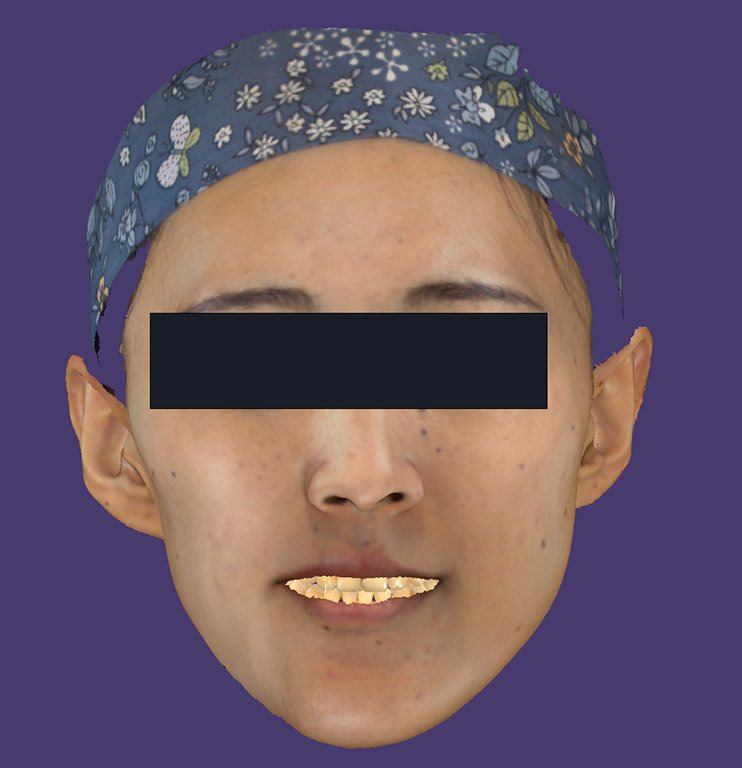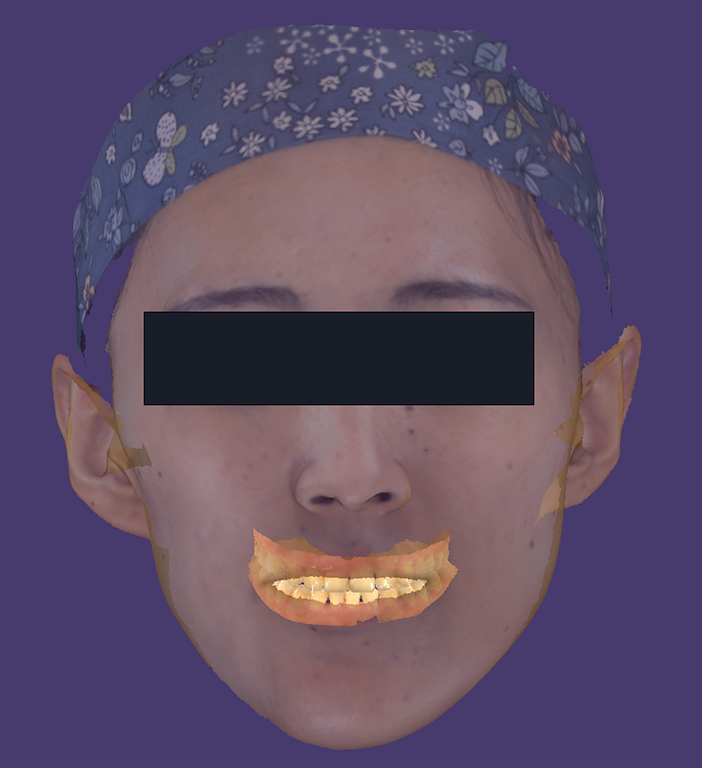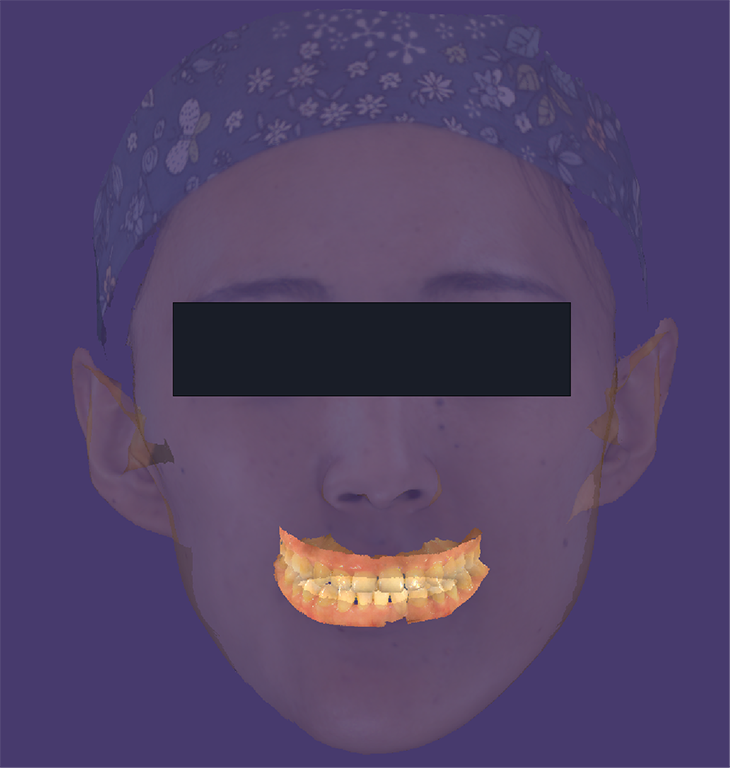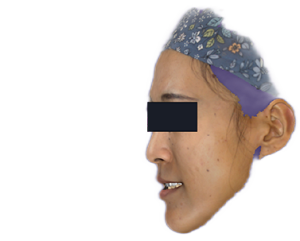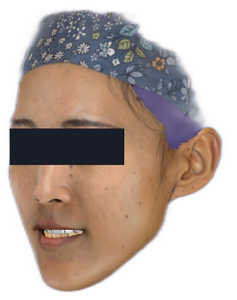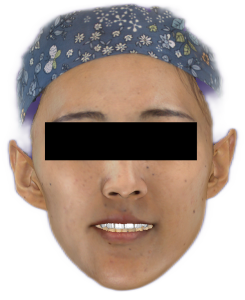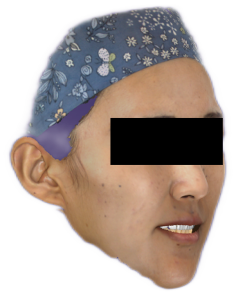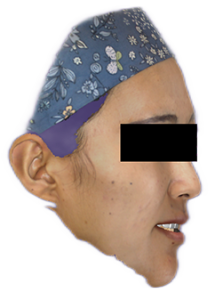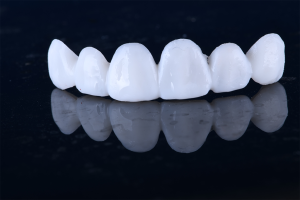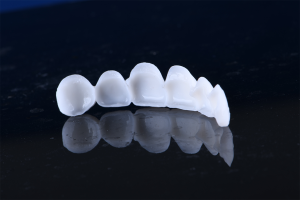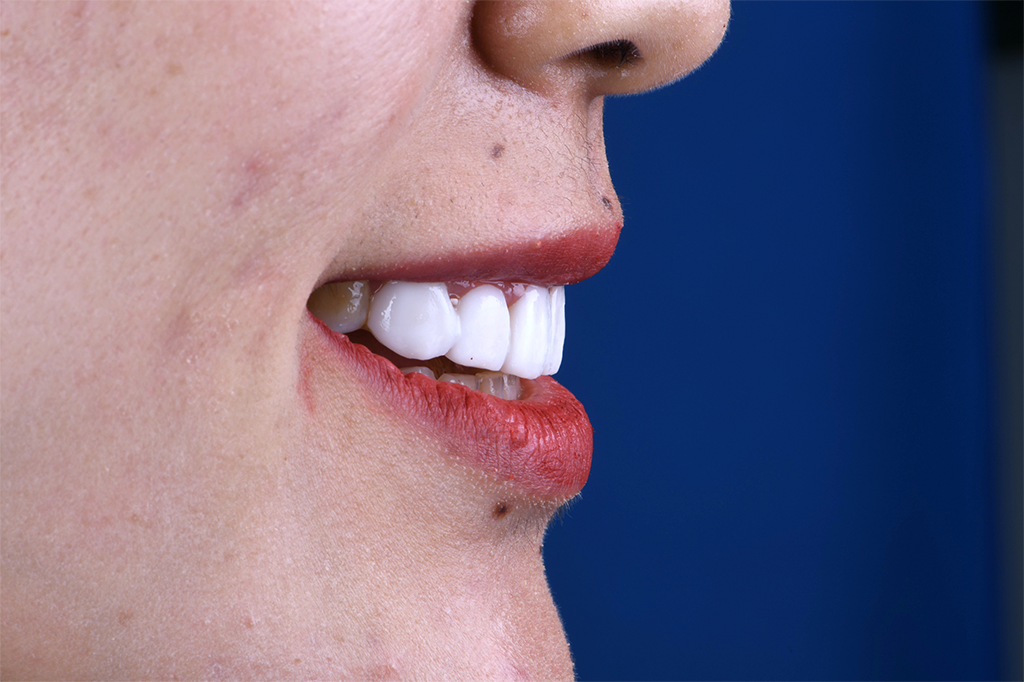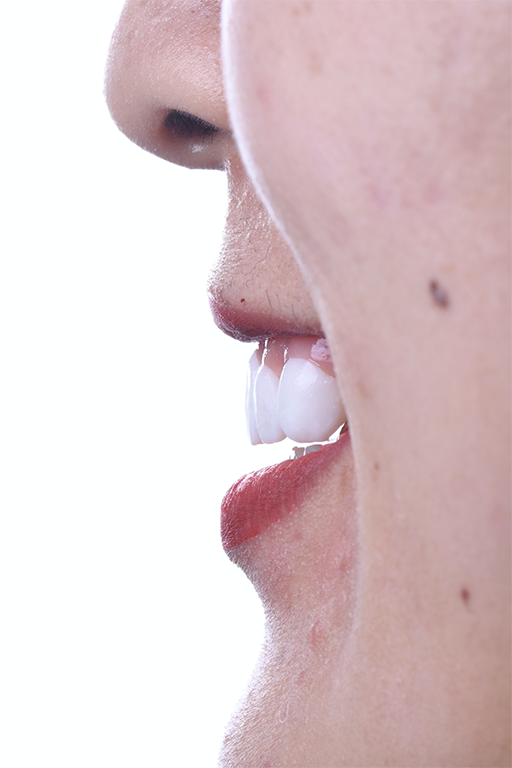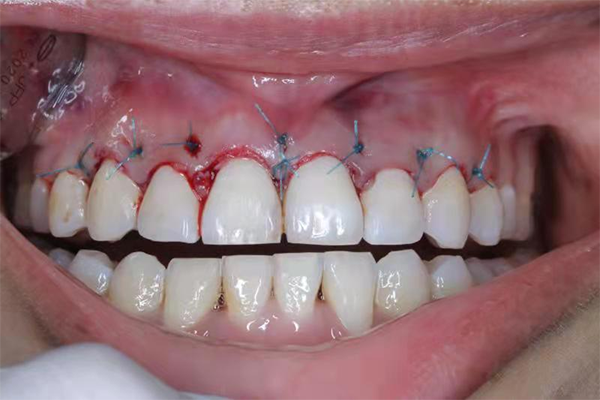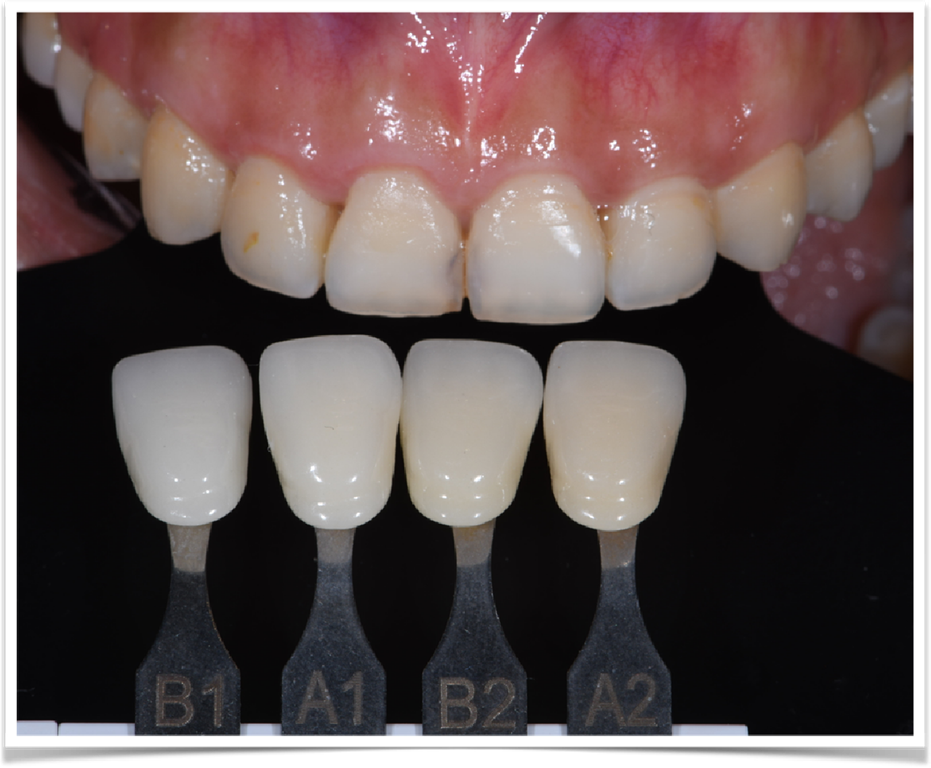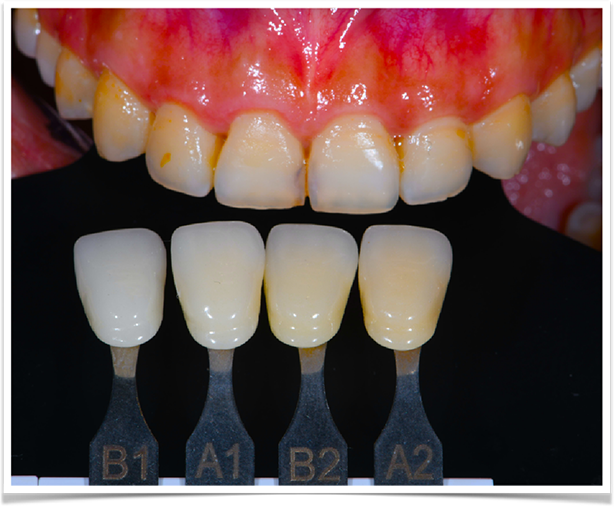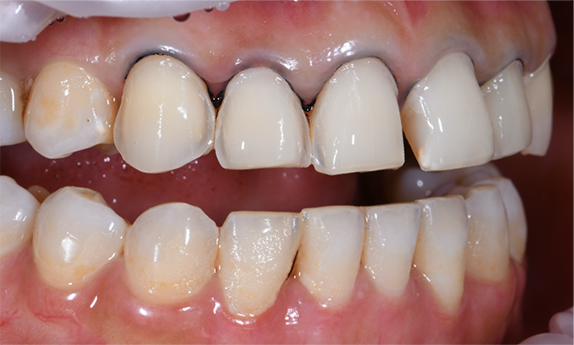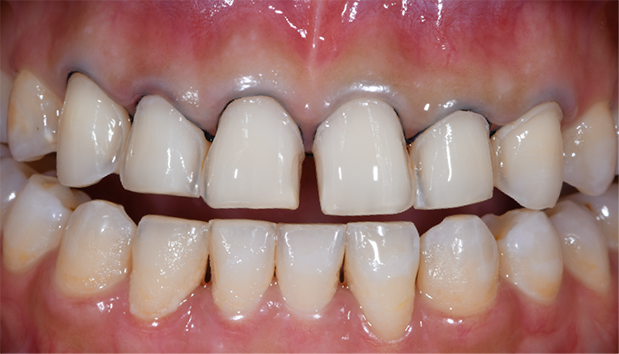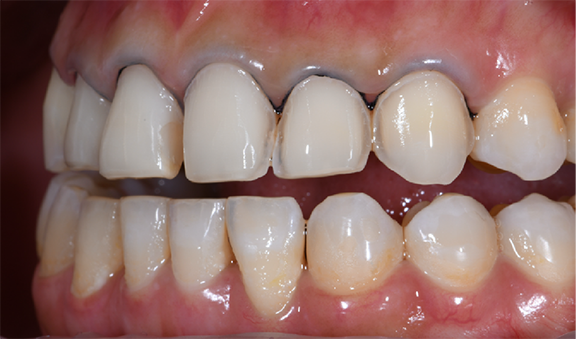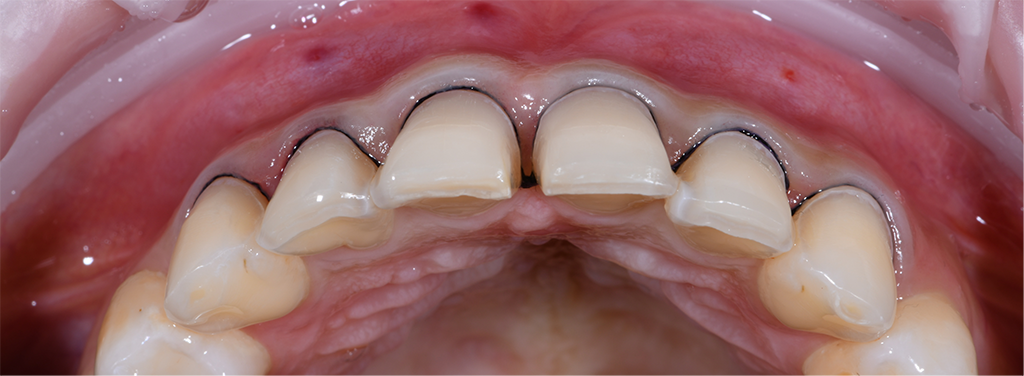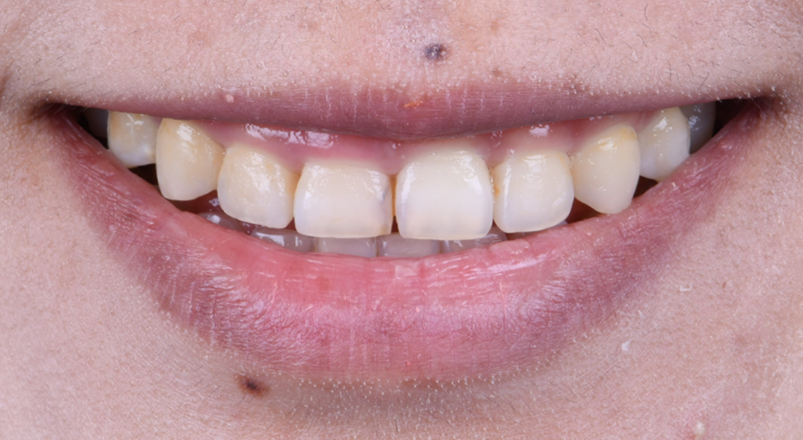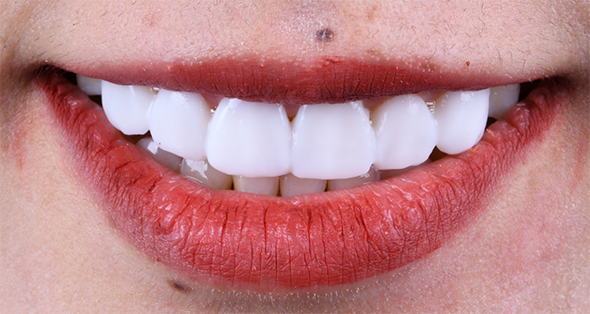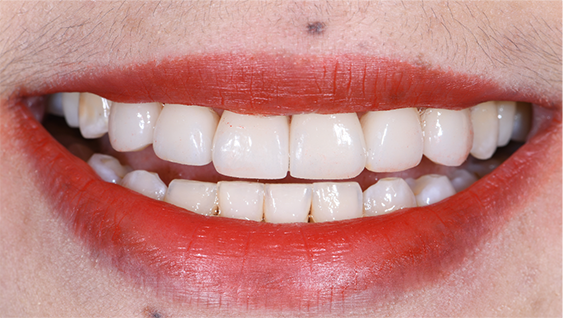This case study explores an all-ceramic veneer digital restoration with digital dentistry solutions such as the Aoralscan 3.
Case Information
Patient presented with the following concerns:
- anterior teeth show small gums
- color of the anterior teeth is not pleasing
- contour of the anterior teeth is not aesthetic
Diagnosis
Anterior teeth are too short; the shape and color of the anterior teeth are not pleasing to the patient.

Treatment solutions
Through face-to-face communication with patients, combined with DSD aesthetic design and digital three-dimensional aesthetic design, through gingival height ratio, smile curve, face shape ratio, etc., A digital aesthetic temporary veneer is comprehensively designed for morphological confirmation, and the temporary veneer is used as an auxiliary aid for the crown lengthening operation. an all-ceramic veneer restoration is made after recovery.
Preoperative imaging and shade comparison
Intraoral and facial photos are effective not just in collecting information, but also in guiding the restoration process. This, in turn, is conducive to clear and effective communication between dentists, patients, and peers.
Preoperative imaging also aids in comparing the different stages of treatment, such as comparing oral health at diagnosis, during treatment, post-treatment, and finally assessing the ultimate health outcomes. This is particularly important for academic and research purposes.
In this particular case, the intraoral photos allow the technician to determine the position of the gingival incision, while the facial photos provide guidance to design the tooth shape to match the patient’s face.

Full arch occlusion 
Maxillary occlusion 






DSD Smile Aesthetic Analysis
The DSD aesthetic analysis of the patient’s face is used to determine whether it is suitable for crown lengthening surgery, and the DSD aesthetic design is completed by referring to the smile line and gingival curve, which can be used as a reference for digital aesthetic temporary teeth.
Gingival exposure measurement
Gingival exposure was measured in exocad software. This patient has a High Smile. All the crowns of the upper anterior teeth and most of the gingiva showed when smiling, and the gingival exposure as shown in the figure is more than 2mm. For reference, ideal aesthetics are within 2mm. Therefore, crown lengthening surgery is required to achieve better cosmetic results.
Digital aesthetic temporary veneer design based on the length of each crown by measuring the design results of the DSD.
Digital Aesthetic Temporary Evaluation
Combined with the collected 3D information in the patient’s mouth and facial 3D information, the digital aesthetic temporary teeth are produced in the exocad design software, and later printed with a 3D printer to try in the patient’s mouth.
Intraoral/face scan 3D information collection
A complete 3D scan of the patient’s mouth and face was created. This was achieved using SHINING 3D Aoralscan3 to collect the 3D information of the patient’s mouth, and SHINING 3D DS-Fscan to collect the information of the patient’s face. Data matching was completed in exocad software for aesthetic design.
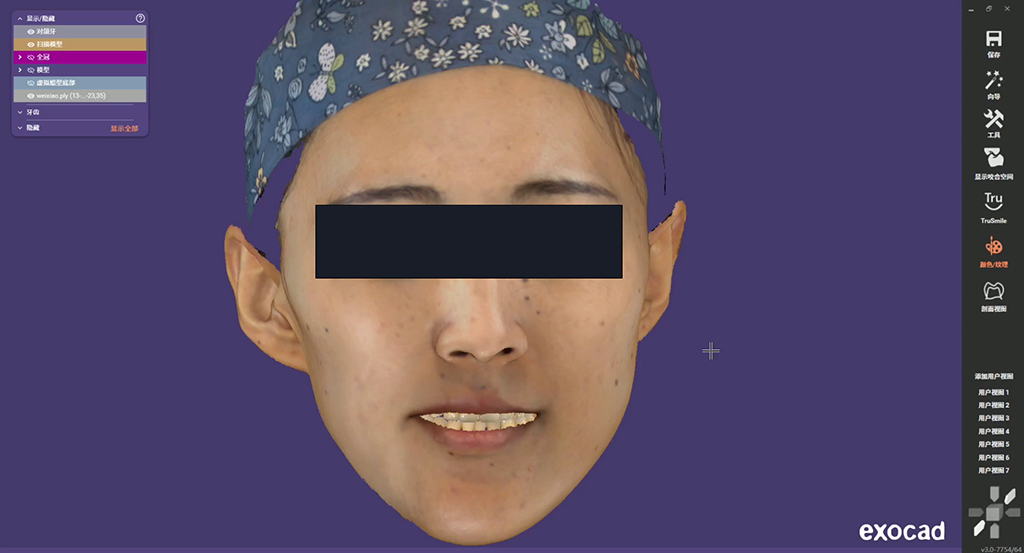
Aesthetic provisional tooth shape design
These 3D scans were used to plan the ideal aesthetic outcome for the teeth. Provisional tooth shape designs were completed in 3D to guide treatment and communicate with the patient.

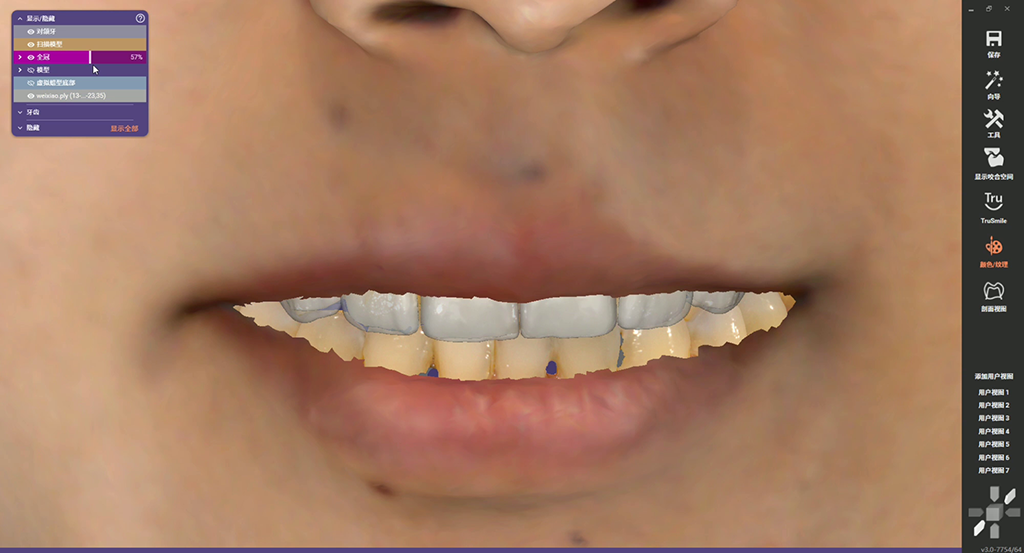
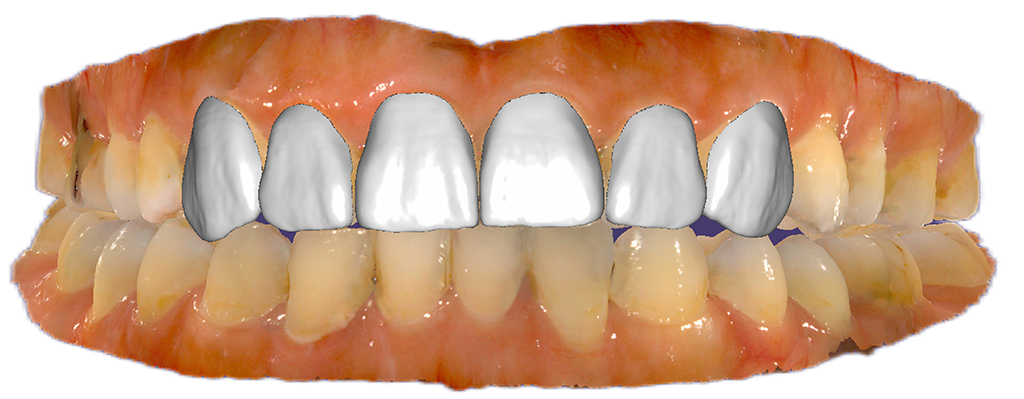
Aesthetic Temporary Veneer Printing by Shining 3D Accufab D1s Printer
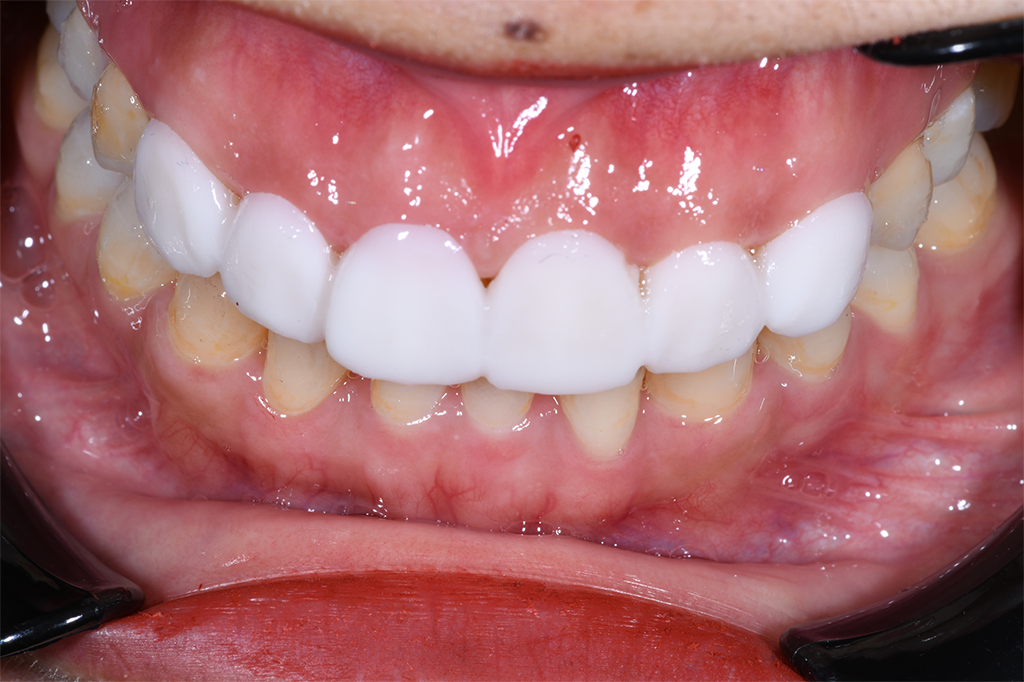


Crown lengthening surgery
After the aesthetic provisional teeth are successfully placed, the shape and the stability of the placement can be confirmed, which can be used as a reference for crown lengthening surgery.



Final all-ceramic veneer restoration
The gingival margin was restored and the final all-ceramic veneer restoration was performed after crown lengthening surgery.

Conclusion
This all-ceramic veneer digital restoration case combined DSD and digital design of aesthetic temporary veneers, along with facial 3D data, to better judge the prominence, curvature, curve and proportional relationship with the face during design. This allowed the dentist to accurately plan and execute the “red lips and white teeth” aesthetic suitable for the patient’s smile, and communicate this at each stage of the process with the patient themselves.
 ENG
ENG
















